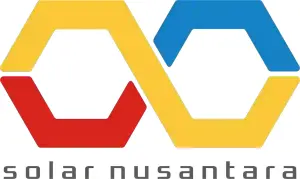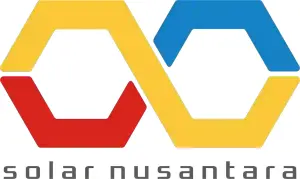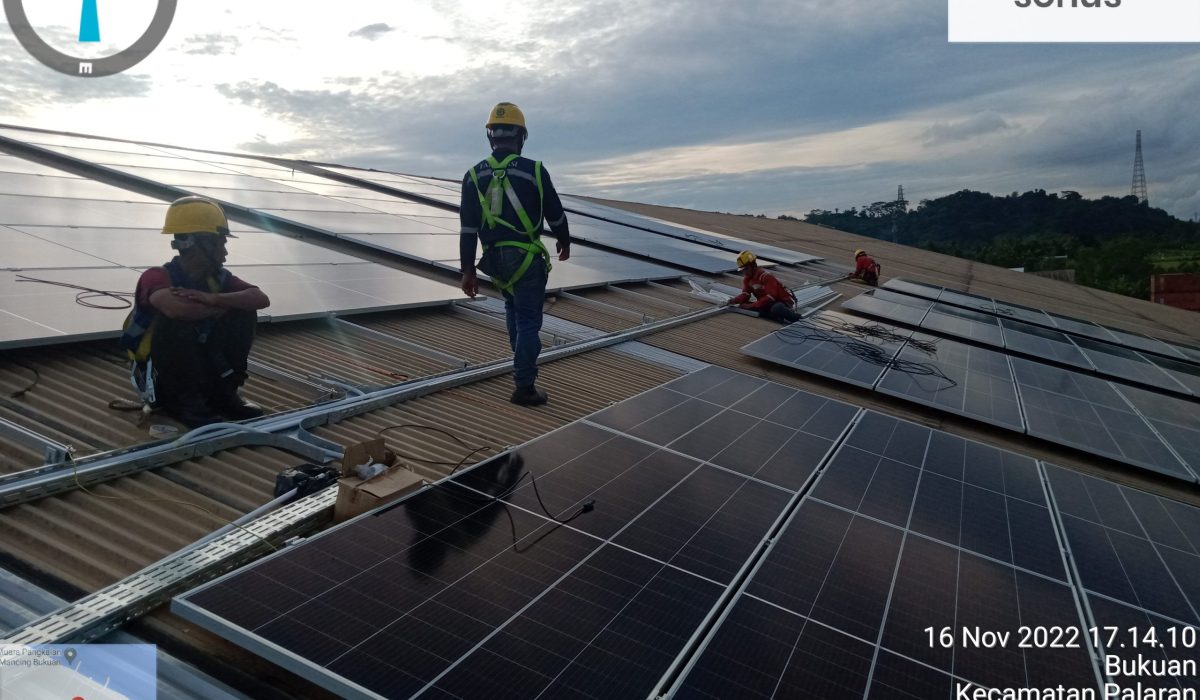Solar panels are the main component of a solar power system.
They convert sunlight into electricity, and inverters convert that electricity from DC to AC. Solar panels have a semiconductor material that absorbs light and converts it into electrons. These electrons then flow through the wires in the solar panel and generate electricity. Inverters convert this electricity from DC (direct current) to AC (alternating current). They do this by changing the polarity of the voltage at a frequency of 60 cycles per second, which is the same frequency as our electrical outlets.
This is done using a transformer, which is a wire coil with an iron core. The wire coil is called an inductor, and the iron core is called a magnet. The magnet creates a back-and-forth magnetic field, which induces current in the wire coil, and this current is in phase with the voltage crossing the transformer. This means that when the voltage has its peak value, so does this induced current, and when it has a zero value, so does this induced current.
Inverters are one of the most important components of a solar power system. They convert DC to AC and vice versa because most homes and businesses use AC power. There are two types of inverters: on-grid and off-grid. On-grid inverters are installed in homes or buildings that are connected to the main grid. Off-grid inverters are installed in homes or buildings that are not connected to the main grid.
On-grid inverters are connected to the grid, which provides power when they need it. This is a more expensive option because you have to pay for the electricity your solar panels produce. Off-grid inverters are not connected to the grid. They provide power to your home or business without relying on the grid and without having to pay for electricity. This option is cheaper because you can generate your own power with solar panels and store it in batteries for use when you need it.
There are six types of PV mini-grid inverters on the market: string inverters, central inverters, and microinverters. String inverters are devices that convert DC power from solar panels into AC power. This is done by reducing the voltage and converting it into a frequency that can be used in the home. These devices are often found in solar-powered homes and can provide up to 98% of the energy needed for the home.
Central inverters are usually used when there is limited space to install solar panels and where no more than one or two modules need to be active at a time. Central inverters are connected to multiple solar panels and generate AC power. They are an essential component of a standard photovoltaic system because they convert direct current (DC) electricity from solar panels into alternating current (AC) electricity for use by household appliances, lighting, and more.
Microinverters are small, modular solar inverters that can be installed on each panel one by one. They are used to convert DC power generated by photovoltaic cells into AC power for use in homes. Microinverters are better than traditional central inverters because they provide more accurate readings and control the power generated by each panel.
In conclusion, inverters are essential components of solar power plants that convert DC power from solar panels into usable AC power. There are two types of inverters: on-grid and off-grid. There are also six types of PV mini-grid inverters on the market: string, central, and microinverters. Understanding these different types of inverters is crucial for building a solar power system that is both efficient and effective.


